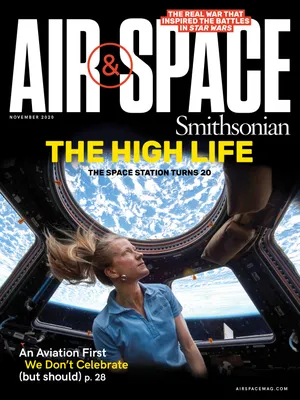Work, Float, Eat, Dream: Life on the International Space Station
We asked some of the people who’ve spent the most time on the ISS: What’s it like up there?
/https://tf-cmsv2-smithsonianmag-media.s3.amazonaws.com/filer/5b/0a/5b0ae69f-f49b-4f63-ba26-81c1c21509ea/22b_on2020_isscupola10734048823_86a901cdb1_live.jpg)
For the past 20 years, without interruption, a small huddle of people—typically six at a time—have been living and working 250 miles over our heads, circling endlessly through the vacuum of space at five miles per second. Their work is demanding and dangerous, and more specialized, perhaps, than any work has ever been. Nobody else, anywhere, does what they do.
To date, 240 people from 19 countries have visited the International Space Station, almost half of them for long-term stays in an outpost with the volume of a six-bedroom house. No one person, no one crew, could convey the space station story in its entirety. But we asked some of the people who’ve spent the most time there: What’s it like?
Christina Koch returned last February from a nearly year-long stay in orbit, and holds the record for longest spaceflight by a woman. Samantha Cristoforetti’s 200-day mission in 2014 and 2015 was the longest by a European woman. Fellow Italian Paolo Nespoli has served two tours on the space station. So has Russian cosmonaut Andrei Borisenko, who’s going up again next April, on Expedition 65. Jeff Williams has lived on the station three times—an American record he shares with Peggy Whitson. Gennady Padalka, who also spent half a year on Russia’s Mir space station in 1998 and 1999, is the most experienced space traveler of all time, with four ISS tours and 878 days spent in orbit.
All are aware that their unique occupation is also a privilege. Says Borisenko: “The ISS is the most expensive object in the history of humanity, and we understand our responsibility to humanity. It’s impossible and incorrect to forget that.”
20 Years, 116,500 Orbits: An ISS Timeline
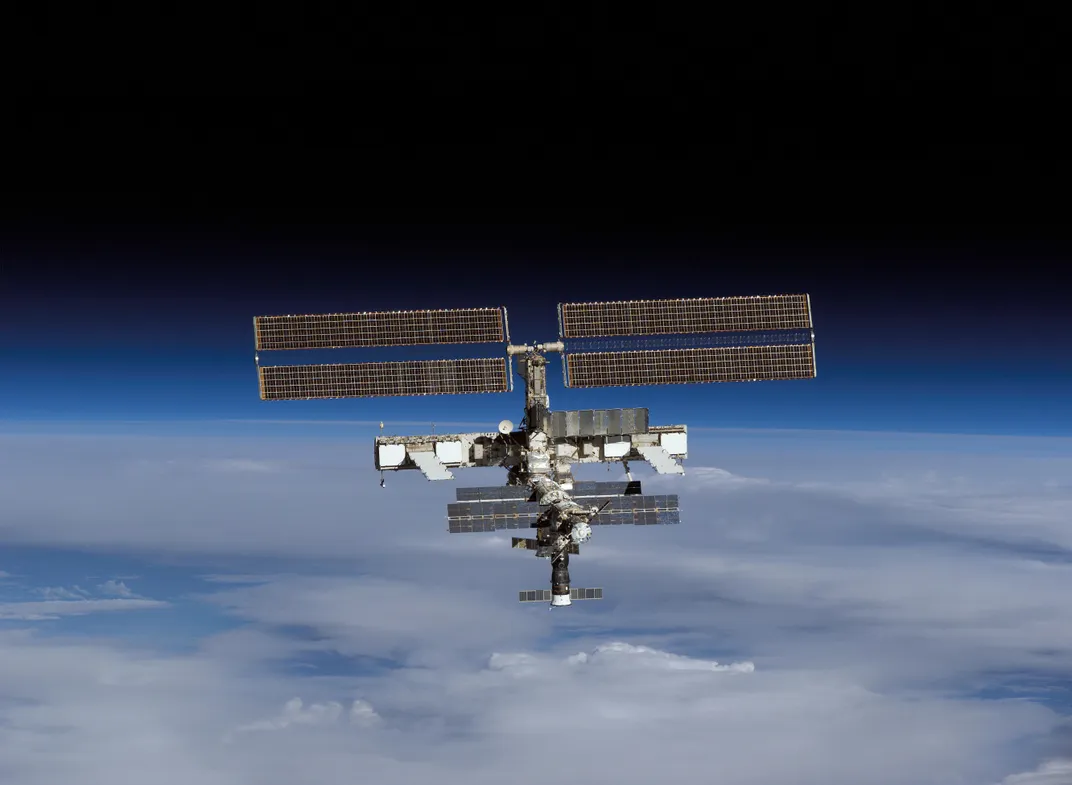
Arrival | Samantha Cristoforetti
We’re perfectly aligned with the docking port, slowly but surely approaching the ISS, when I allow myself a quick look outside. The moment isn’t chosen randomly: I’m looking for the space station. Not the indirect, black-and-white image from the cameras. I want to see it with my own eyes, in color. I’ll never be able to see the whole thing, but I’m waiting for part of it to appear in my window. Some of the veteran astronauts have told me to look for it in the last 40 meters.
I’ve loosened the straps as much as I can and I’m floating over my seat. When I turn towards my window, the first thing I see is one of the small solar panels on our Soyuz. Nothing new there: I’ve seen it before, but something draws my attention to the edge of my peripheral vision. I turn my head slowly and feel a jolt of astonishment and joy. Maybe my pent-up emotions are bubbling over. Maybe my tiredness is finally getting the better of me. Maybe it’s simply that I wasn’t prepared for such sudden beauty. “Oh my god! ” I exclaim, and Anton [Shkaplerov] immediately orders me to be quiet. He’s right, of course. The radio transmitter is on, and on Earth they cannot know that everything is fine, that there isn’t any problem—other than an overabundance of happiness. The space station is right there, outside, mighty and resplendent, lit up with orange light, warm and alive, in which its huge solar panels seem to burn, incandescent. When I turn to look outside a few seconds later, the orange blaze has disappeared. The space station is now bathed in a cold, metallic light—and then it’s swallowed up by the darkness. Another orbital night has begun. I realize that I’ve just had my first glimpse of my new house....
“Kasanie, contact! ’’ exclaims Anton, with an enthusiasm that betrays his relief at having arrived without any hitches. He quickly reassumes his neutral, professional tone to confirm to the ground, via radio, that the automatic docking system is functioning correctly. Right after confirmation of contact the attitude thrusters go on for a final, brief push, until the capture signal is illuminated: the so-called “first mechanical coupling.” Our docking probe is now being retracted, a process that will take 10 minutes. It’s as if we were trying to draw the 400-tonne ISS towards us. More realistically, we are the ones being drawn closer and closer, until the hooks on the docking system close, sealing the interface. Now we are one with the space station.
(From Diary of an Apprentice Astronaut, Samantha Cristoforetti, Penguin Random House, ©2020.)
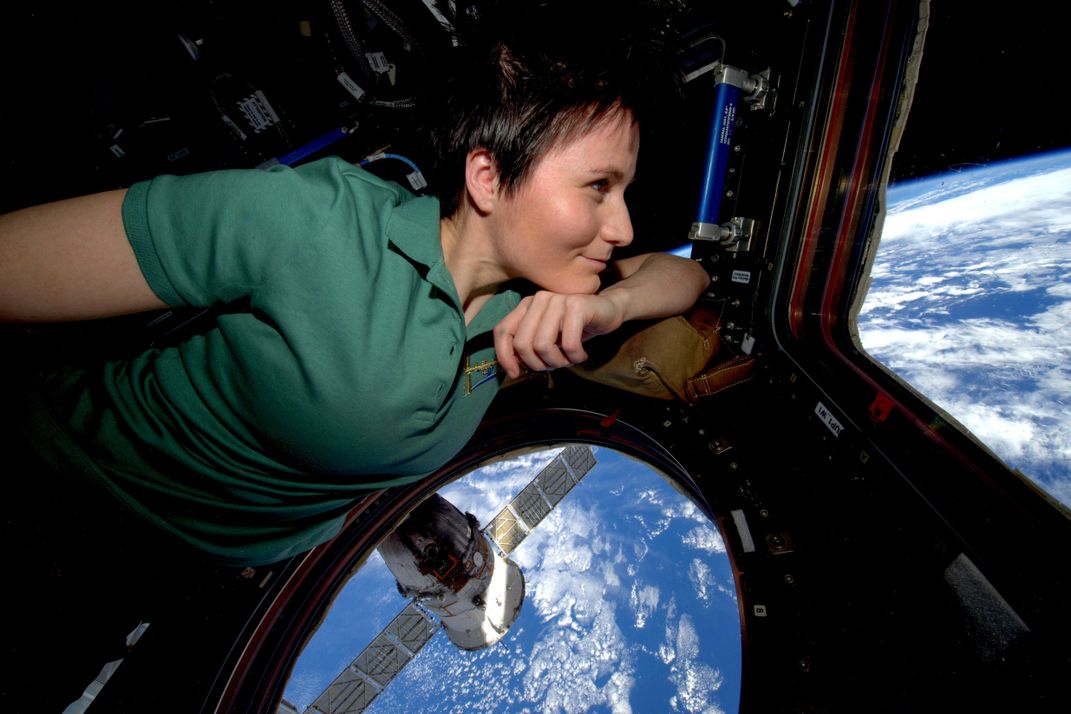
Talking in Runglish | Jeff Williams
With the space shuttle grounded following the 2003 Columbia accident, the ISS had to go from three-person crews down to two. Jeff Williams and Pavel Vinogradov flew the last of these short-handed missions in 2006.
When we were assigned to Expedition 13, Pavel and I had not even met. Training went very well, but my Russian is still very mediocre, and his English wasn’t that good. Once we were up there, his duties were mostly in the Russian segment, and mine were in the Node and the [U.S. Destiny] lab. We spent most of the time separated. But in those days, with just a crew of two, and even later with three, we would have every meal together. Partly it was because there was only one galley, in the [Russian] Service Module. I’d go down there in the morning. Pavel was usually up when I got there. We’d have coffee and eat breakfast together. Then maybe we’d have a mid-morning break, where I’d go back and have a bag of tea and just see how he was doing. We would check on each other.
We talked in what we fondly referred to as “Runglish.” I would try to speak Russian as much as I could, and he would speak English as much as he could. The vocabulary isn’t that difficult if you train in it all the time. We just worked through it.

We Felt Like Angels | Paolo Nespoli
Many astronauts have reported a shift in perception that comes with seeing Earth as a planet in space. But Nespoli, a paratrooper with the Italian Special Forces and an engineer before joining the European astronaut corps, says there’s a different, subtler change that happens only on a long-duration flight.
You cannot use the same strategy on the space station that you were using on the shuttle. You need to become an extraterrestrial person. How should you move, how should you sleep? There are things you can’t do in microgravity, but other things you can do that you would not be able to do on Earth. And you need to discover that, little by little and day by day. It takes several weeks.
On my first long-duration mission, two space shuttles came up in the course of assembling the station. I could see these people coming up, professional astronauts, being so awkward in their movements, so lost and uncoordinated. I remember hearing this “Aggghhh! ” and then a crash. It was somebody rotating out of control, going all over the place. And we who had been living onboard were just looking at them. We felt like angels.
This is not just the so-called Overview Effect. It has a physical dimension. You acquire a lightness, a sense that is completely different. I had this feeling, more of a realization over time, that gravity is what reminds us that we have a body. On Earth you feel the chair when you’re sitting, or your feet on the ground. But up there, without that kind of information, your clothes are loose, even your watch is floating around your wrist. You have a kind of out-of-body experience, a feeling that you are just a consciousness.
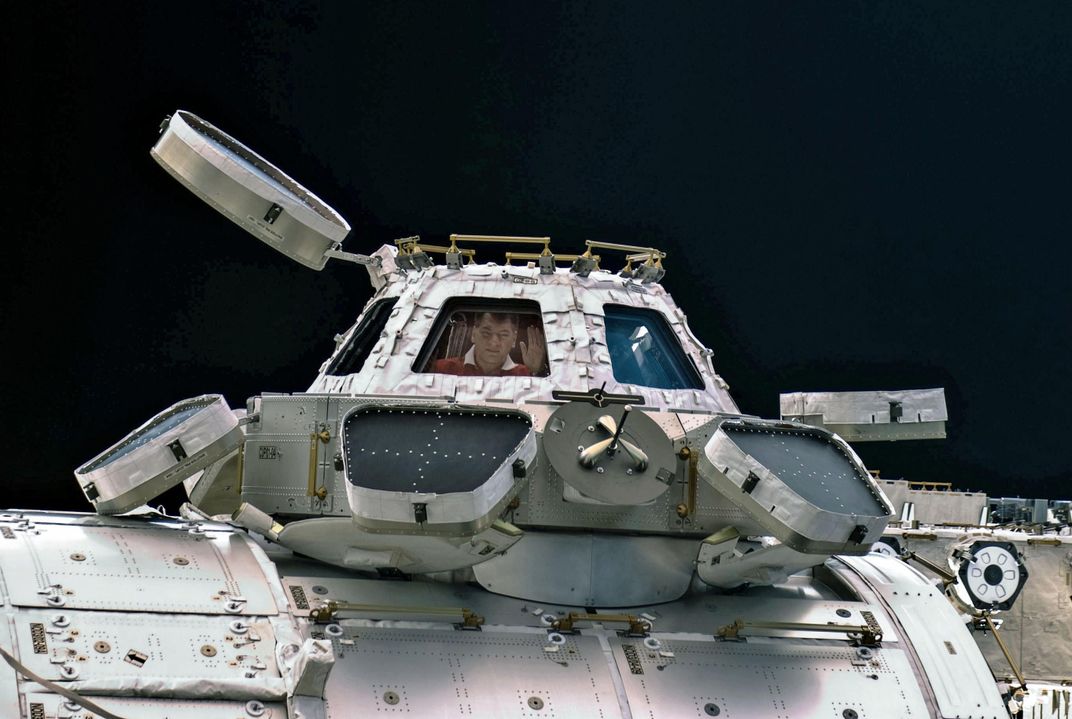
Partners | Gennady Padalka
The most pleasant memory from all my missions was Expedition 20 in 2009. It was the first six-person crew. We also had representatives of all five of the ISS partners onboard: Russia, the USA, Europe, Japan, and Canada. It was the only time in the history of the space station.
Over the course of my four missions, the organization of life and work onboard changed. In the early stages of construction, all the living (especially exercise and eating) took place mainly in the Russian segment. Up until 2009, the crew consisted of just three, or even two, people, and Russian cosmonauts and American astronauts did more joint operations. Now that the station is complete, and each agency has its own crew, life is organized more separately. But the interdependence of the partner countries has increased, especially in terms of mutual assistance.
For example, in 2015, on Expedition 44, I was onboard when we lost two consecutive cargo ships. In April there was an accident with the Russian Progress, and in June we lost the American Dragon. It left the crew with only two to three months of supplies. Only through a reliable partnership were we able to overcome a difficult situation. The Japanese space agency helped out by sending an HTV cargo ship with five tons of equipment, which extended the station’s lifespan by six months. It was a good example of international cooperation, when sometimes we (humankind) don’t always find a common language to solve problems on Earth.
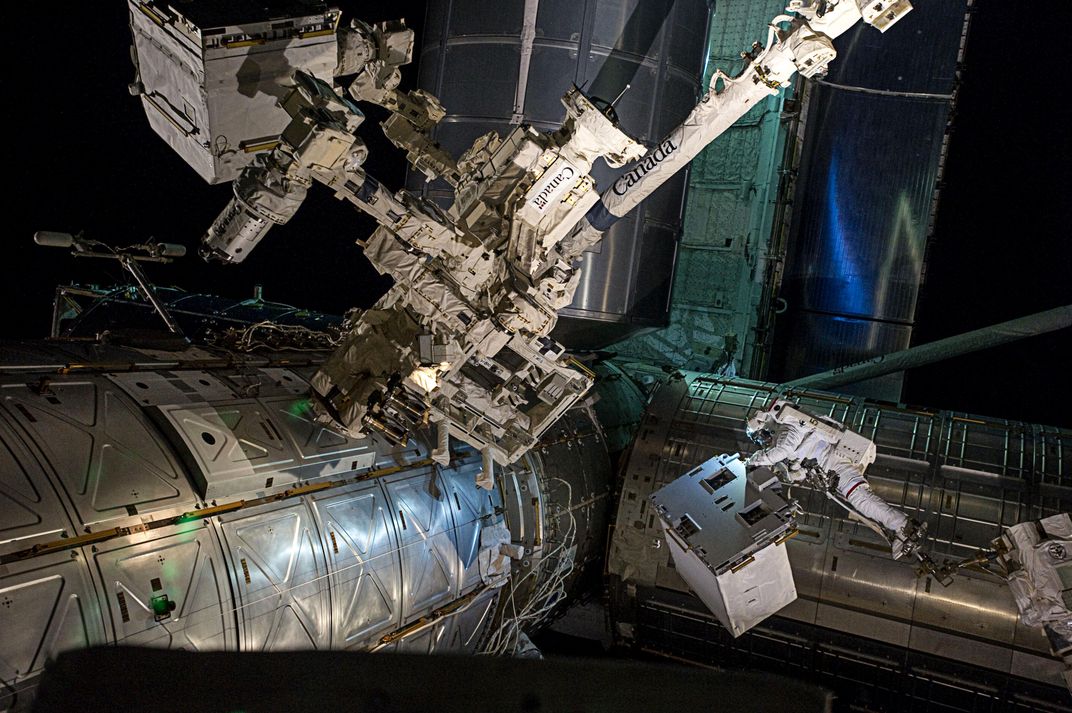
Sweet Home | Andrei Borisenko
When we go from the Russian segment into the U.S. segment, it feels like you enter the NASA office. It’s difficult to explain, but this impression is quite strong. Sometimes I even distinctly smell coffee, although that can’t be. Anyway, it feels that way. That’s why when I have to work in the American segment, I always greet the occasion with pleasure. Same for all the international modules.
Actually, the whole station is perceived as one’s own home—sweet home, as our American colleagues say. The Cupola has the most mesmerizing view of Earth. My first moments in that module brought to mind Star Wars. There’s another great place in the Russian segment—the biggest window we use to photograph the Earth. It faces Earth almost all the time, and our American friends often come to the Russian segment to hover and take pictures.
The ISS is huge. When you train on the simulators on Earth, you just don’t imagine how big it is. This is because in space, you have all the volume accessible. The size was the thing that amazed me most on my first flight. When I came to the station for the second time, my body recalled all these feelings. I had a feeling that I had come back home.
Among Family | Christina Koch
I would say I was less lonely on the space station, away from Earth and surrounded by only a few people, than I was at the South Pole where 86 people wintered over. One reason is that we knew our crew so well, and could be ourselves. We feel like we’re among family when we’re going through our workday or socializing or having dinner. I think if you’re close with your crew, you never really feel lonely. Back on Earth, during the pandemic [Koch returned in February 2020], it’s almost the opposite. I’ve actually missed the camaraderie, the sense of working toward something we all have a strong shared interest in. I’ve felt alone way more often since I’ve been back on Earth than I did in space.
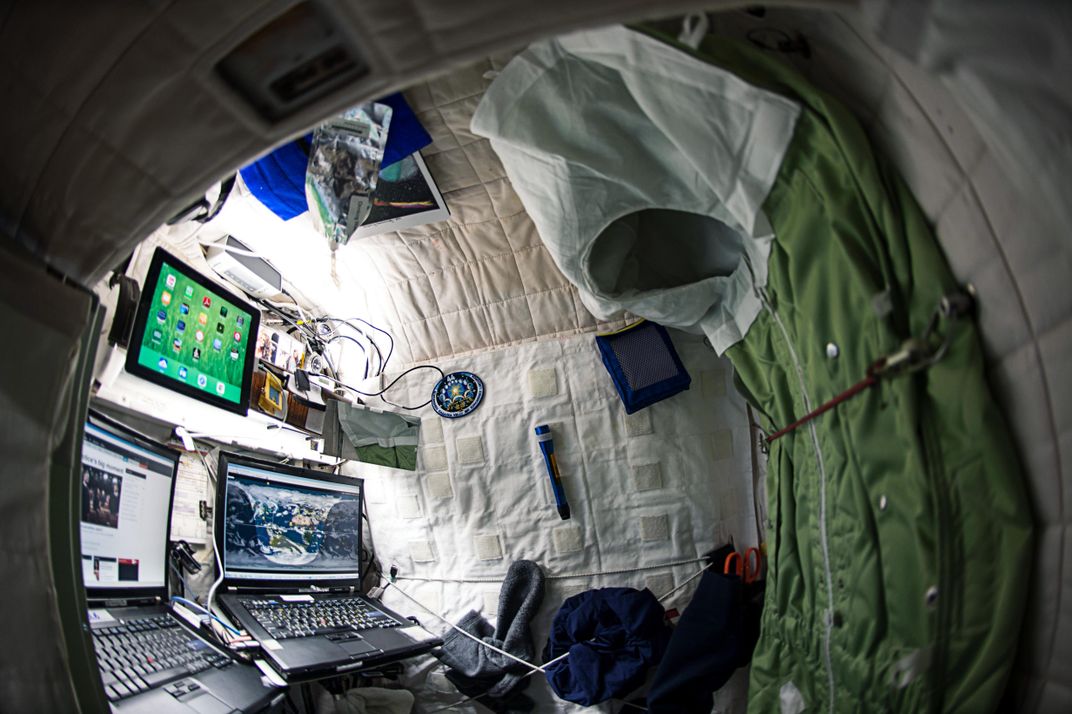
Nobody Knocked | Gennady Padalka
What would I do if I could take family or friends up to the space station for just an afternoon? I would show them our planet. You can look out of the window at its stunning views endlessly. On the dark side of the orbit, I’d show them the universe in its fascinating infinity. Seeing this contrast, any person begins to feel that humanity is doomed to be alone for the next hundreds or even thousands of years. Nobody knocked on our windows while we were up there.
At the same time, you get a sense of concern to preserve all that evolution has created. It is very likely that life on Earth is unique. Our task is to preserve the planet for future generations and, if possible, to spread life in the universe.
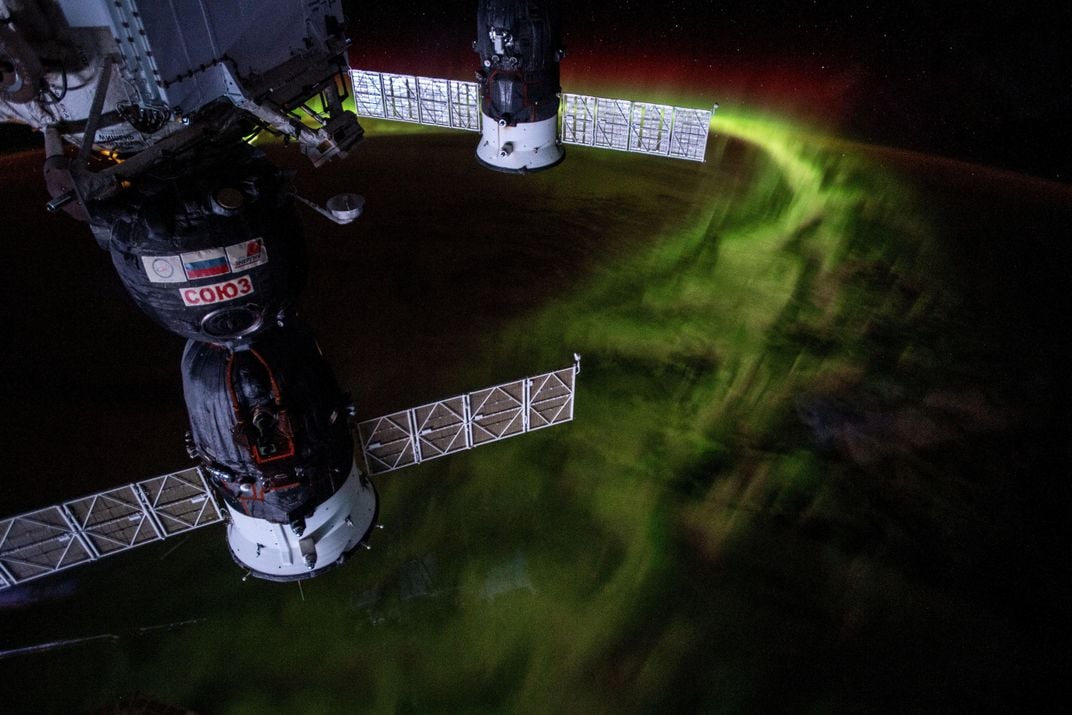
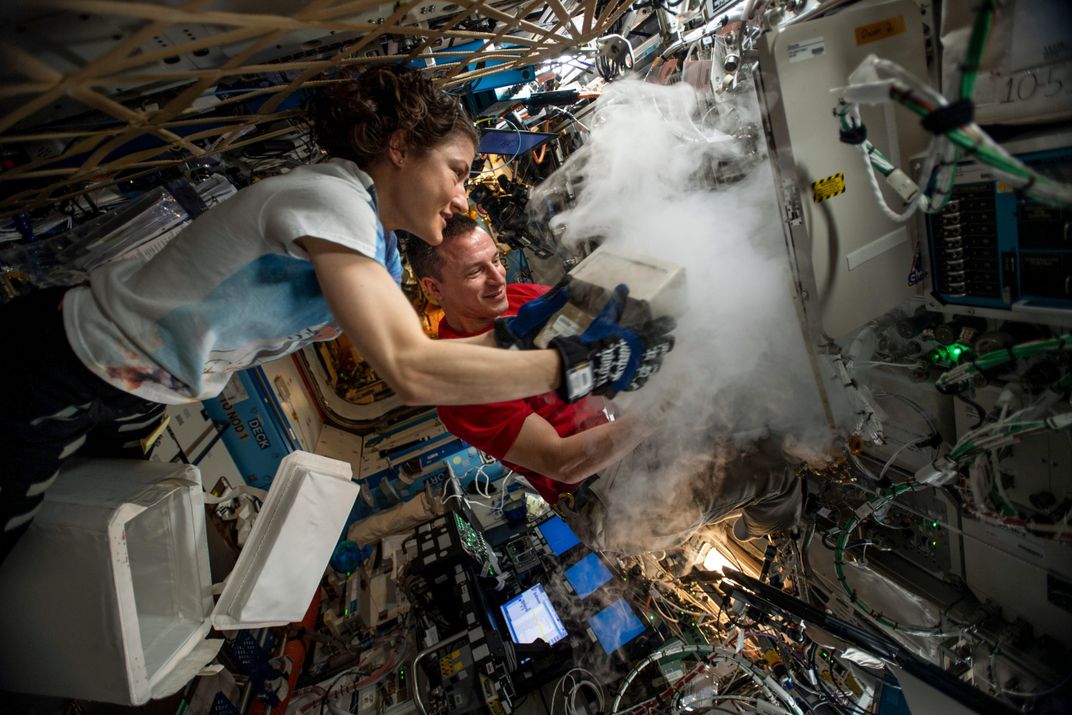
The Ground is Always a Call Away | Christina Koch
At the beginning of an 11-month mission you have a lot of energy, but it does get more challenging to keep bringing your best every day. So recognizing that you’re going to make mistakes up there, that you’re going to need help, and that there’s a team of people who believe in human spaceflight just as much as you do who are willing to give you that help—recognizing that was huge for me.
The ground is always a call away. There are a couple of comm units in each module, and when our hands are free we can float over and key a mic to talk to the ground. We try to keep it concise, since the channel is free for anyone to use and there are so many astronauts constantly working and coming up with questions or issues.
Working on experiments is different. There you’re talking to a Payload Developer—a PD—who represents several experiments. You’re on a dedicated channel, and it’s much more open and casual than conversations with Mission Control. There’s much more back and forth. For example, they oftentimes have an over-the-shoulder [video] view of what you’re working on, where they can see your hands and the equipment. And they’ll say “Okay, grab that purple thing to your left,” literally talking me through it.
There was a combustion experiment where we actually had open flames inside an enclosure. That was a really fun one, because from the get-go, the PD I was working with proclaimed that we were lab partners, as if it were a chemistry class in high school: “It’s going to be great to be your lab partner today.” I really liked that dynamic.
The PD is not typically the person who developed the experiment, but someone embedded on the team as a communicator. But the researcher is probably in the room with them, feeding them things to say to you. The PD acts as a bit of a filter, since they have more expertise in what’s possible in microgravity and what hardware is on the station. So they speak the language we speak onboard.
For example, the researcher might ask for us to cycle the power on an experiment rack or something, and the PD will explain to them if we can’t do that. You can hear them talking in the background about what to tell me. Then the PD will translate it for me, and I’ll get the more diplomatic version. Sometimes the PD accidentally has their mic keyed before they start talking, and you can hear what’s going on in the background. You hear the entire room yelling “No! ” or “Yes! ” That’s always funny.
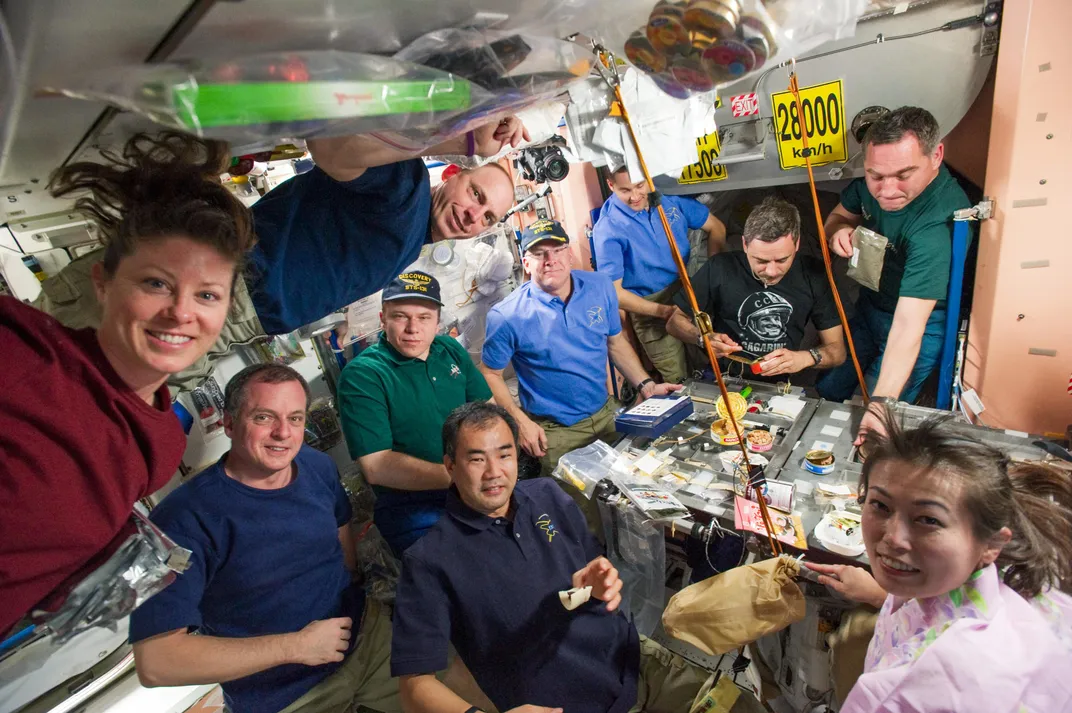
The Space Table | Paolo Nespoli
Once upon a time on the space station, there was only one table on the Russian side. After several years the Russians exchanged it for a new one, and the American astronauts asked permission to install it on the U.S. side, in Node 1. When we had dinner together, we’d have maybe six people around the table. The rest of the time the table was in the way, protruding into our passageway. I bumped into it two or three times, pretty hard.
One Sunday I was in there having lunch or dinner, I don’t remember. I was alone, and I was looking at this table. I decided something was wrong. I could not figure out what, but finally it hit me. They had installed the table like you would in your house—with a surface parallel to the floor. But on the space station, it doesn’t make any sense. There is no floor. I mean, there is one, but it’s just for reference. But because by definition a table is parallel to the floor, it was installed that way. Now it just took up a lot of space.
So I detached it from the wall. Someone came by and asked, “What are you doing?” I said, “Playing with the furniture.” I found a way to place it on the wall, not perpendicular but tilted, so we could still hang around it comfortably but it wasn’t blocking the passageway. Now that was a space table.
There are a lot of things that happen in life that we try to address in the same old way. We don’t understand that we need to do something else. In these days of coronavirus, for example, we can stop trying to do what we can’t, and try something that was not apparent before, like working remotely.
The table stayed like that, happily tilted, for years. Later, though, a group of students designed a new table, and sure enough, they made it to be installed parallel to the ground, because there’s no other way, right? When I went back up to the station, I thought Dammit, not again!
Want more space station?
Photos: See the latest pictures taken by the ISS crew at NASA’s Gateway to Astronaut Photography of Earth.
Books: A number of books by station astronauts are coming out in time for the 20th anniversary, including Diary of an Apprentice Astronaut, by Samantha Cristoforetti, How to Astronaut, by Terry Virts, and Interior Space by Paolo Nespoli and Roland Miller.
Online tour: There are plenty of video fly-throughs of the station on YouTube, but Cristoforetti’s Interactive Virtual Tour may be the best guide of them all.
Music: Listen to Christina Koch’s playlists on Spotify.
VR: Mission ISS, for Gear VR or Oculus headsets, lets you practice flying through the station yourself. And you’ll need practice.



